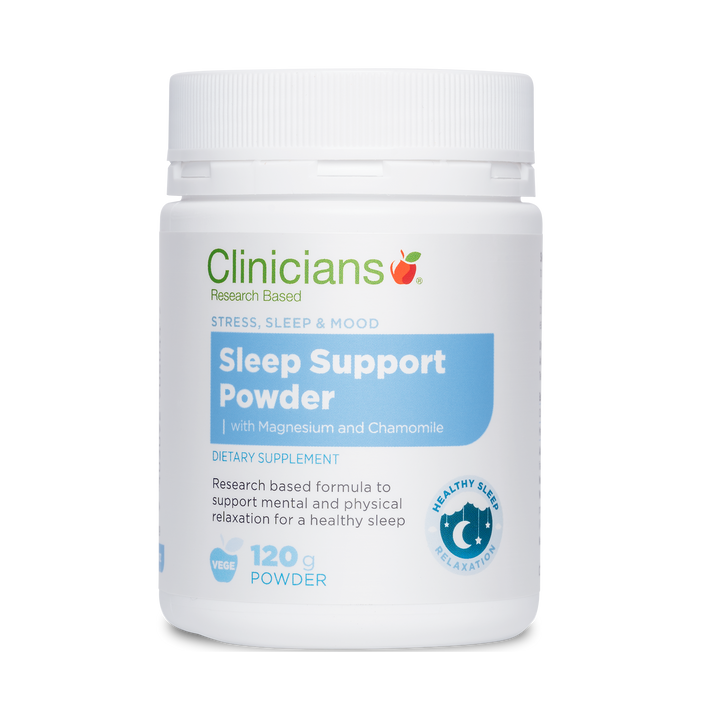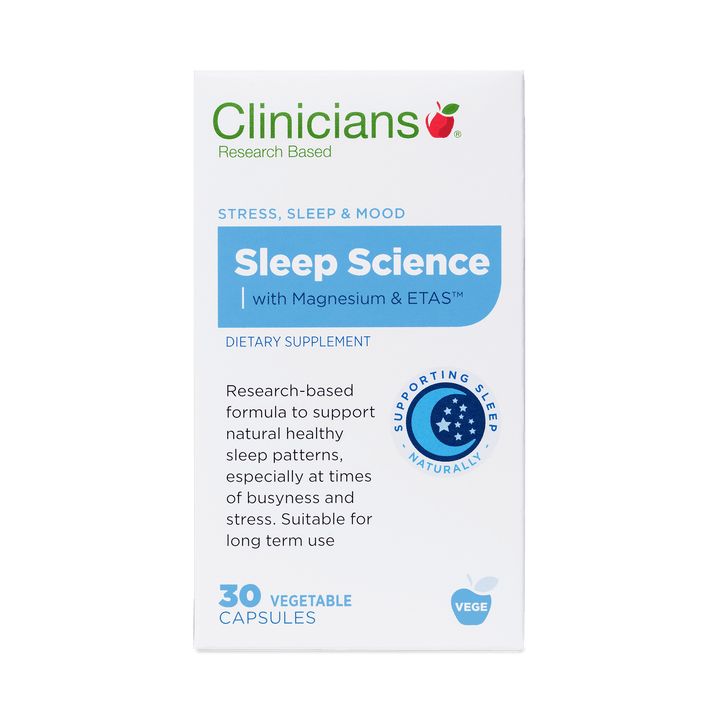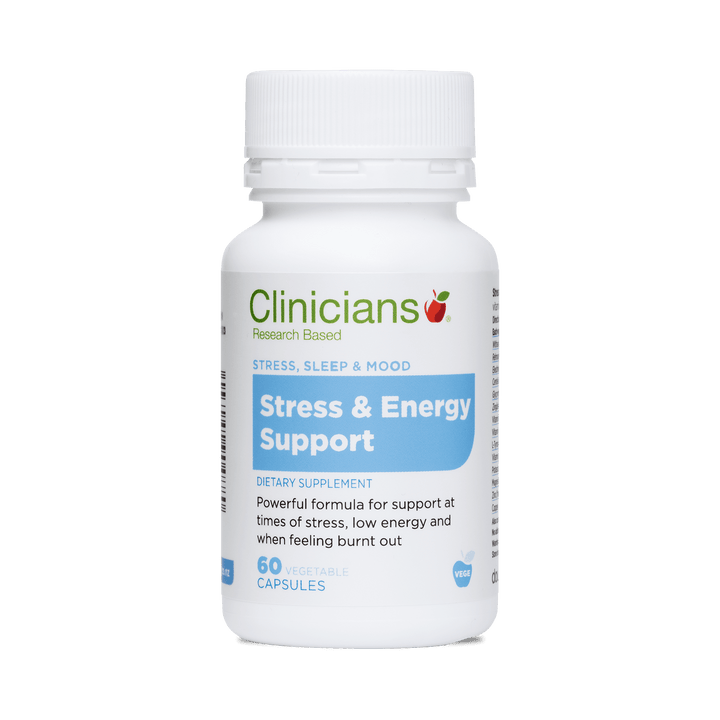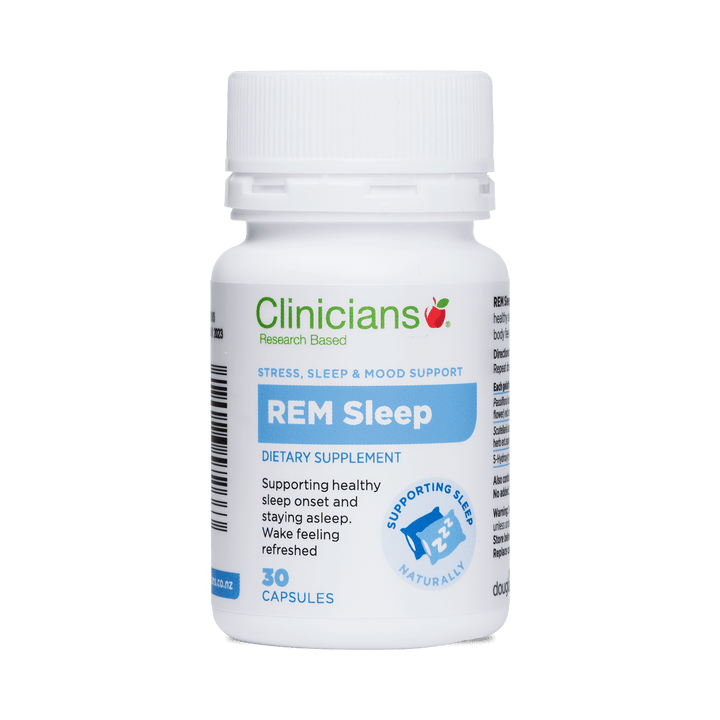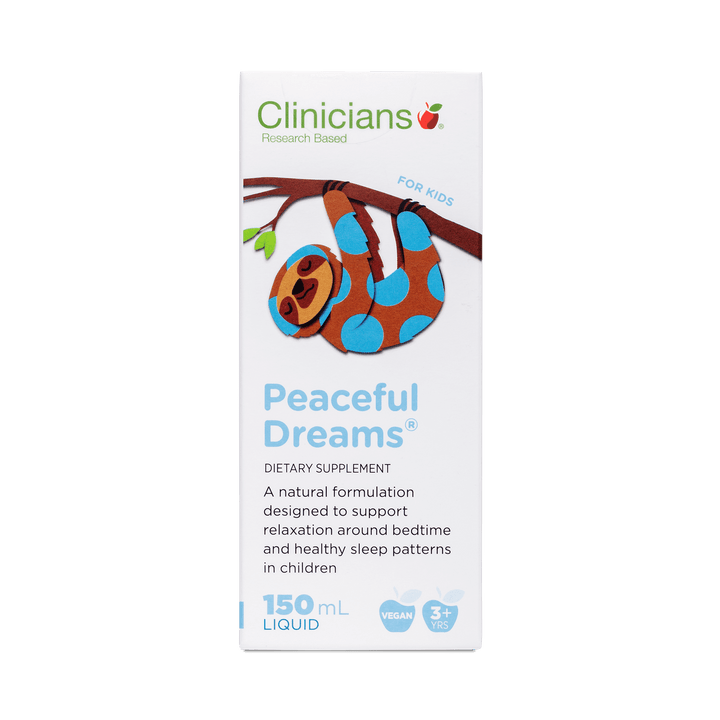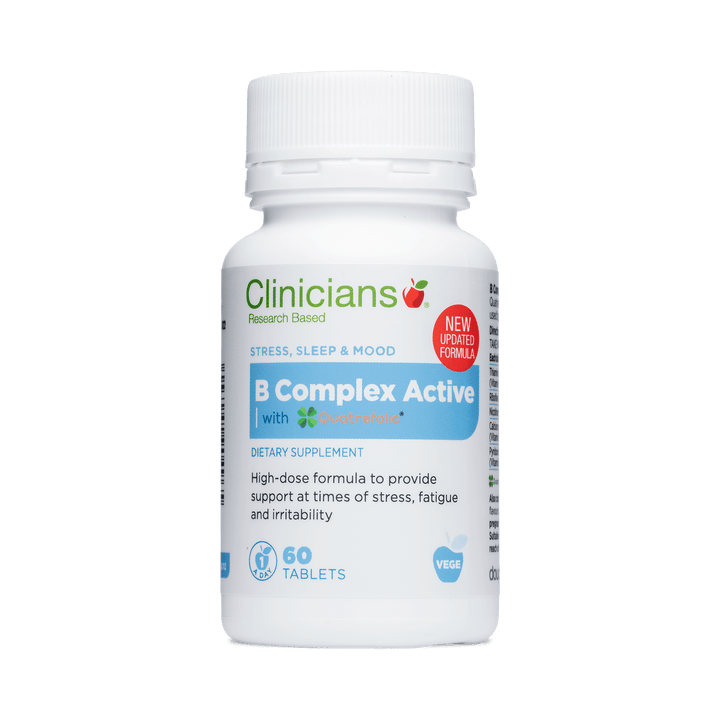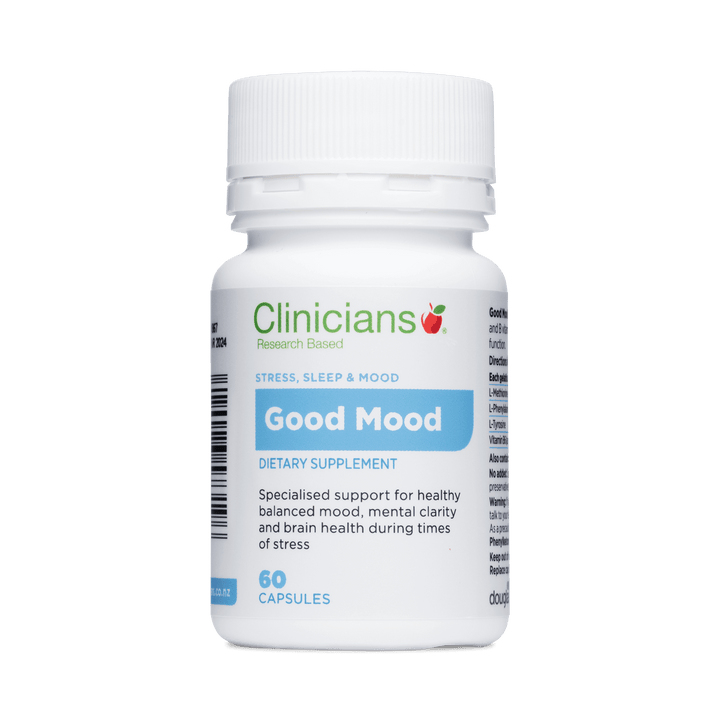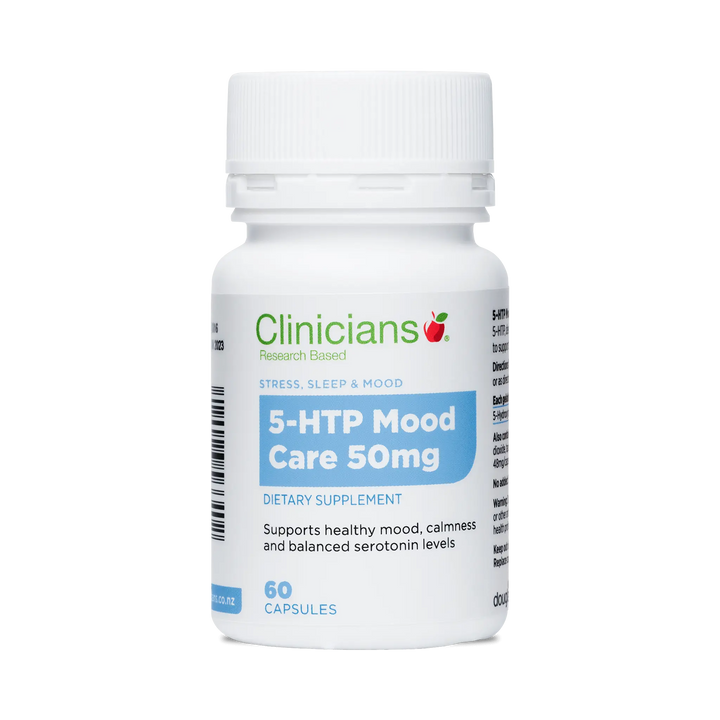You’ve probably heard that we go through different sleep cycles - but why do these phases exist, and what actually happens during each one? Let’s take a closer look at what your body and brain are really up to while you sleep.
We all know sleep is essential, but have you ever wondered why? Is it simply a way for the brain to rest? Considering we spend about a third of our lives asleep, it’s worth asking what’s really happening during that time.
While part of sleep does give the brain a break from managing our conscious thoughts, it’s far from idle. In fact, the brain uses this time to carry out a range of critical functions that support our health, memory, and overall development.
Types of sleep
Sleep is made up of two main types:
-
Non-REM (Non-Rapid Eye Movement) sleep, during which brain activity slows and the body enters a state of deep rest.
-
REM (Rapid Eye Movement) sleep, where the brain becomes more active and dreaming is more likely to occur.
Each type is associated with distinct patterns in brainwaves, breathing, and heart rate. Interestingly, the proportion of time we spend in each phase changes as we age. For instance, infants spend about 50% of their sleep in REM, but by the age of 10, this drops to around 25%. As we’ll explore later, these shifts align closely with our developmental needs at different life stages.
Sleep cycles
Throughout the night, we cycle between REM and Non-REM sleep, which are organized into five distinct stages. Each full cycle lasts about 90 to 120 minutes. So, if you sleep the recommended 7 to 8 hours a night, you’ll typically go through four to five complete sleep cycles.
Let’s break down what happens during a typical cycle:
-
Stage 1: Falling Asleep
This is the lightest stage of sleep and the easiest to wake from. Brainwaves begin to slow down, the heart rate decreases, and muscles start to relax. You might experience sudden muscle twitches or the sensation of falling as you drift off. -
Stage 2: Light Sleep
In this stage, it becomes harder to wake up. Heart rate and breathing continue to slow, body temperature drops, and eye movements stop. This phase prepares the body for deeper sleep. -
Stages 3 & 4: Deep Sleep
Often grouped together as deep or slow-wave sleep, this is when brainwaves, breathing, and heart rate reach their lowest levels. The body is in its most restful state, and waking someone during this time is much more difficult. -
Stage 5: REM Sleep
In REM (Rapid Eye Movement) sleep, brain activity increases to levels similar to when you're awake, while the body remains relaxed. This is the phase where most vivid dreaming occurs. Eye movements become rapid under closed eyelids, heart rate speeds up, breathing becomes irregular, and body temperature may rise slightly.
As you can see, stages 1 through 4 (Non-REM sleep) are primarily restorative and deeply relaxing, while REM sleep is far more active - especially in the brain. To understand these phases more deeply, let’s take a closer look at their specific functions.

Image credit: irunfar.com/catching-zzzs-the-science-of-sleep
What happens in non-REM Sleep?
Non-REM sleep is our most restorative phase, making up about 80% of our total sleep time.
As we've seen, this is a period when brainwaves slow significantly, along with heart rate and breathing. Despite the body being deeply relaxed, a lot of essential processes are taking place behind the scenes:
-
Brain “Spring Cleaning”
During deep relaxation, the brain has a chance to clear out waste products that build up during the day. These byproducts, generated as brain cells produce energy, can be neurotoxic if not removed - meaning they can damage brain cells over time. Sleep allows the brain’s cleaning system to do its job, helping protect long-term cognitive health. -
Growth and Repair
Growth hormones are released during this stage, supporting the repair and regeneration of bones, muscles, tissues, and organs. Brain cells also repair themselves, and the immune system gets a much-needed boost. -
Hormone Regulation
Sleep plays a vital role in balancing key hormones that regulate appetite - ghrelin (which stimulates hunger) and leptin (which signals fullness). Poor sleep can disrupt this balance, making it harder to manage weight and appetite effectively.
Did you know?
- After a poor night’s sleep, the body naturally compensates by spending more time in Non-REM sleep the following night to recover and restore balance.
- Although the muscles are deeply relaxed during this phase, the body still moves - most people change position roughly every 20 minutes.
- Several phenomena are also linked to deep Non-REM sleep, including bedwetting, sleepwalking, and in some cases, nightmares, although vivid dreams are more commonly associated with REM sleep.
- Emerging research has also highlighted a connection between Beta-amyloid, a protein associated with Alzheimer’s disease, and sleep. During deep sleep, the brain actively clears out this protein. When sleep is consistently poor, this cleaning process is disrupted, increasing the long-term risk of Alzheimer’s disease.¹
What happens in REM Sleep?
REM sleep gets its name from the rapid eye movements that occur during this phase. It’s the most mentally active stage of sleep - remarkably, the brain uses more oxygen during REM than when we’re awake.
Several vital cognitive processes take place during this phase:
-
Forming New Brain Connections
During REM sleep, the brain processes new thoughts and experiences from the day, integrating them with existing knowledge. This is a key part of learning and mental development. It’s also when the brain makes creative connections - so the idea of “sleeping on it” to solve a problem is not just a saying; it’s rooted in science. -
Memory Consolidation
Throughout the day, our experiences are stored in short-term memory. During REM sleep, the brain replays these memories, filters out unnecessary details, and transfers the important ones to long-term storage. It’s like mental editing: the distractions are removed, the valuable data is kept, and the rest is discarded to make room for new memories.
Interestingly, the brain doesn’t just store new memories - it also reorganizes and prunes older ones, removing outdated or irrelevant information to keep the mental space clear and efficient.
Did you know?
- We experience more REM sleep during childhood, likely because our developing brains have more new information and experiences to process.
- REM sleep is also the phase most strongly associated with dreaming. The final REM stage of the night typically occurs in the early morning and tends to be the longest - this is when most vivid dreaming takes place.
- Understanding what actually happens during sleep reveals that a poor night’s rest affects far more than just your mood or energy levels the next day. Over time, disrupted sleep can impact memory, learning, emotional health, and even long-term brain function.
If you struggle with regular sleep issues, consider booking a consultation with one of our in-house naturopaths or explore our curated range of natural sleep products to support better rest and recovery.
Reference:
¹ https://www.the-scientist.com/news-opinion/poor-sleep-linked-with-future-amyloid-build-up-67923


